Progress to Peril…
Progress to Peril: The Unintended Consequences of Innovation
The New York Times Magazine recently published a provocative article about the dire unintended consequences of innovation. The article titled “The Brilliant Inventor Who Made Two of History’s Biggest Mistakes” recounts the fascinating story of inventor Thomas Midgley Jr who worked in Thomas Kettering’s research lab at General Motors in the 1920s. Midgely was a mechanical engineer by training, but had a fascination with chemistry and the periodic table. Between 1922 and 1928, Midgley brilliantly solved two pressing technological challenges of the time through some inspirational Edisonian innovation. The first eliminated engine knock in internal combustion engines, and made automobiles more efficient through the addition of lead to gasoline. The second enabled electric refrigeration through the development of chlorofluorocarbons (CFCs). The two innovations Ethyl™ and Freon™ were a huge success creating billions of dollars in revenue for their manufacturers, and providing consumers with performance improvements and new products that significantly improved the quality of their lives.
In spite of their near-term success, by the mid-1970’s, it became clear that leaded gasoline was one of the most harmful pollutants of the 20th century, and chlorofluorocarbons were responsible for significant ozone layer depletion. It took a global collaboration of scientists, corporations and politicians over many years to stem the damage and begin to repair the environment. At the time of these inventions, Midgley and his colleagues were clearly unaware of the impending doom these two chemicals would unleash; however, during the development of Ethyl, it was commonly known that lead exposure was a serious health hazard that impacted the body and brain. Midgley himself experienced lead poisoning while working on the development of Ethyl in the lab. The primary question with the invention of Ethyl was whether the trace amounts of lead being emitted into the environment would also pose a similar health hazard. At that time, Midgley and his colleagues knew that a safer commonly available fuel alternative, ethanol, had similar performance enhancing properties as Ethyl, but GM could not protect or control the production of ethanol in the same manner. As a result, the interests and influence of big business squelched any competition or concerns about health.
On Midgley’s second go round, he was more aware and committed to the safety of his invention. Current independent testing of CFCs showed that the compound was stable, nonflammable, and safe for humans and animals. Onstage at an American Chemical Society national meeting, Midgley boldly inhaled a cloud of Freon and blew out a candle to demonstrate that the gas was nontoxic and nonflammable. While the gas seemed safe at the time, the most significant issue with the use of Freon was that the ability to detect the gas in the atmosphere or understand its potential environmental impact did not exist. It was not until the late 1950’s that a new technology was developed to accurately measure minute concentrations of gases in the atmosphere. Initial observations by scientists using this technology, embodied in a device known as an electron-capture detector, noted large concentrations of CFCs in the upper atmosphere of the earth’s poles. Almost 20 years later, in the 1970’s, scientists discovered CFCs were being broken down by intense ultraviolet rays in the upper atmosphere releasing chlorine and causing significant degradation to the ozone layer. As with leaded gasoline, industries involved in the production of CFCs resisted efforts to curtail the use of the gas; however, in 1987, 24 nations signed an agreement establishing a timetable to phase out the production and use of CFCs.
Today, more than ever, the decisions we make as innovators and design professionals weigh heavily upon our collective psyche. What would you have done in Thomas Midgley’s shoes? What brilliant inventions of today are inadvertently wreaking havoc on our health, safety and environment? Just this week, the Intergovernmental Panel on Climate Change reported that the earth is likely to cross a critical threshold for global warming within the next decade, unless nations make an immediate and drastic shift away from fossil fuels to prevent the planet from dangerously overheating beyond levels stipulated in the 2015 Paris climate agreement.
As design professionals we must take into account the potential systemic impact our solutions may have on all forms of life and our environment. We must raise the conscience of our companies and clients to pursue global health and sustainability in balance with the economics of running a business. Finally, our political system must take a long-term view and hold companies accountable for their actions when this essential ecosystem equation is out of balance.
Time is of the essence. As innovators, we must shift the focus from enamored technological advancement to meaningful impact. I and my team at ZIP innovations, a design, research and strategy consultancy, are committed to creating positive impact from social, environmental and economic perspectives. For every engagement, we optimize the performance of our team by carefully selecting from from a network of senior level designers, technologists, scientists, and business professionals who thrive by taking on tough challenges.

